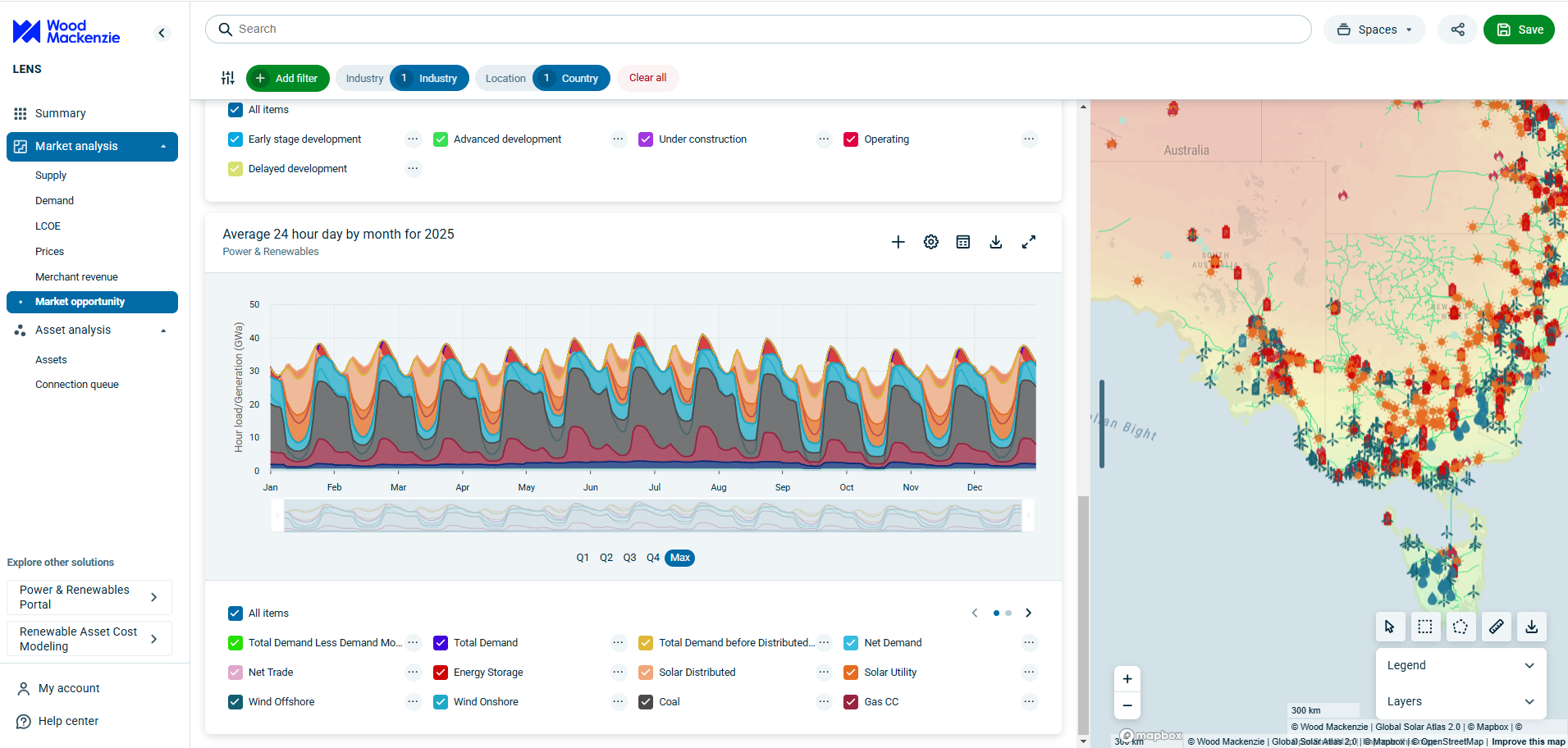Have policy headwinds pushed electric vehicles into the slow lane?
After strong global growth last year headwinds from the West will have a decelerating effect for EVs and the battery supply chain
1 minute read
Prateek Biswas
Senior Research Analyst, Transport and Materials

Prateek Biswas
Senior Research Analyst, Transport and Materials
Prateek specialises in EV policy drivers, automaker electrification strategies and battery supply chain trends.
Latest articles by Prateek
-
Opinion
Have policy headwinds pushed electric vehicles into the slow lane?
-
Opinion
How will the new US Republican government reshape the global electric vehicle supply chain?
-
Opinion
Could new EU tariffs on Chinese imports slow EV adoption?
-
Opinion
What’s next for the EV and battery value chains?
Egor Prokhodtsev
Principal Research Analyst, Transportation & Mobility

Egor Prokhodtsev
Principal Research Analyst, Transportation & Mobility
Egor is a senior research analyst responsible for battery raw materials demand modelling.
Latest articles by Egor
-
Opinion
Have policy headwinds pushed electric vehicles into the slow lane?
-
Opinion
What’s next for the EV and battery value chains?
-
Featured
Electric vehicles and battery supply chain: bumpy road ahead in 2023?
Sakshi Mehra
Research Analyst, Electric Vehicles & Battery Supply Chain Service

Sakshi Mehra
Research Analyst, Electric Vehicles & Battery Supply Chain Service
As a research analyst with our Electric Vehicles & Battery Supply Chain Service
Latest articles by Sakshi
View Sakshi Mehra's full profileAlasia Zhang
Research Analyst, Electric Vehicle & Battery Supply Chain

Alasia Zhang
Research Analyst, Electric Vehicle & Battery Supply Chain
Latest articles by Alasia
View Alasia Zhang's full profileIn 2024 the electric vehicle (EV) sector grew 27% year-on-year to reach 16.8 million units in sales and command a market share of 18%. But amid this strong growth, new headwinds have emerged in the West. What impact will this have on the outlook for EVs and the battery supply chain?
A new strategic planning outlook from our Electric Vehicle & Battery Supply Chain Service assesses:
- how recent policy/OEM strategy changes shape our global vehicle electrification outlook
- the impact of low cell prices and softening EV demand on Western gigafactory capacity forecasts
- new market share projections for ternary, iron-phosphate and advanced cell chemistries
- latest supply and price forecasts in the battery midstream, upstream and recycling markets.
Fill in the form to access a complimentary extract, and read on for a couple of highlights.
EV demand continues to grow – but policy headwinds mean the sales forecast has been lowered
The Trump administration has sent out strong signals of ending policy support for EVs in the US. As we reported back in January, the 'Unleashing American Energy' order set the then-new US government on a path towards eliminating subsidies and regulations that favour EVs – though the change required action from Congress to take effect).
Meanwhile in Europe, declining subsidies and rising trade barriers are also damaging EV sales prospects.
In our latest outlook. global EV demand will grow 4.3 times to 92 million units by 2050 – but EV sales have been downgraded by up to 5 million units quarter-on-quarter, partly to reflect lowered EV demand in all major markets
To see a chart outlining EV sales by region and market share, fill in the form to access the complimentary extract.
Softened policy support for EVs to pull down global cell demand by up to 182 GWh in 2035
EV battery demand will grow to 6.8 TWh by 2050, with iron-based chemistries commanding 39% of the market. Lowered EV sales projections have resulted in annual demand volumes dropping by up to 182 GWh quarter-on-quarter.
Battery chemical prices will remain muted till 2030s thanks to market oversupply. To see charts on battery chemical and EV pack prices, the report extract also includes charts detailing battery demand by end-use, recycled material supply and a look at whether hybrids will overtake EVs in North America.









